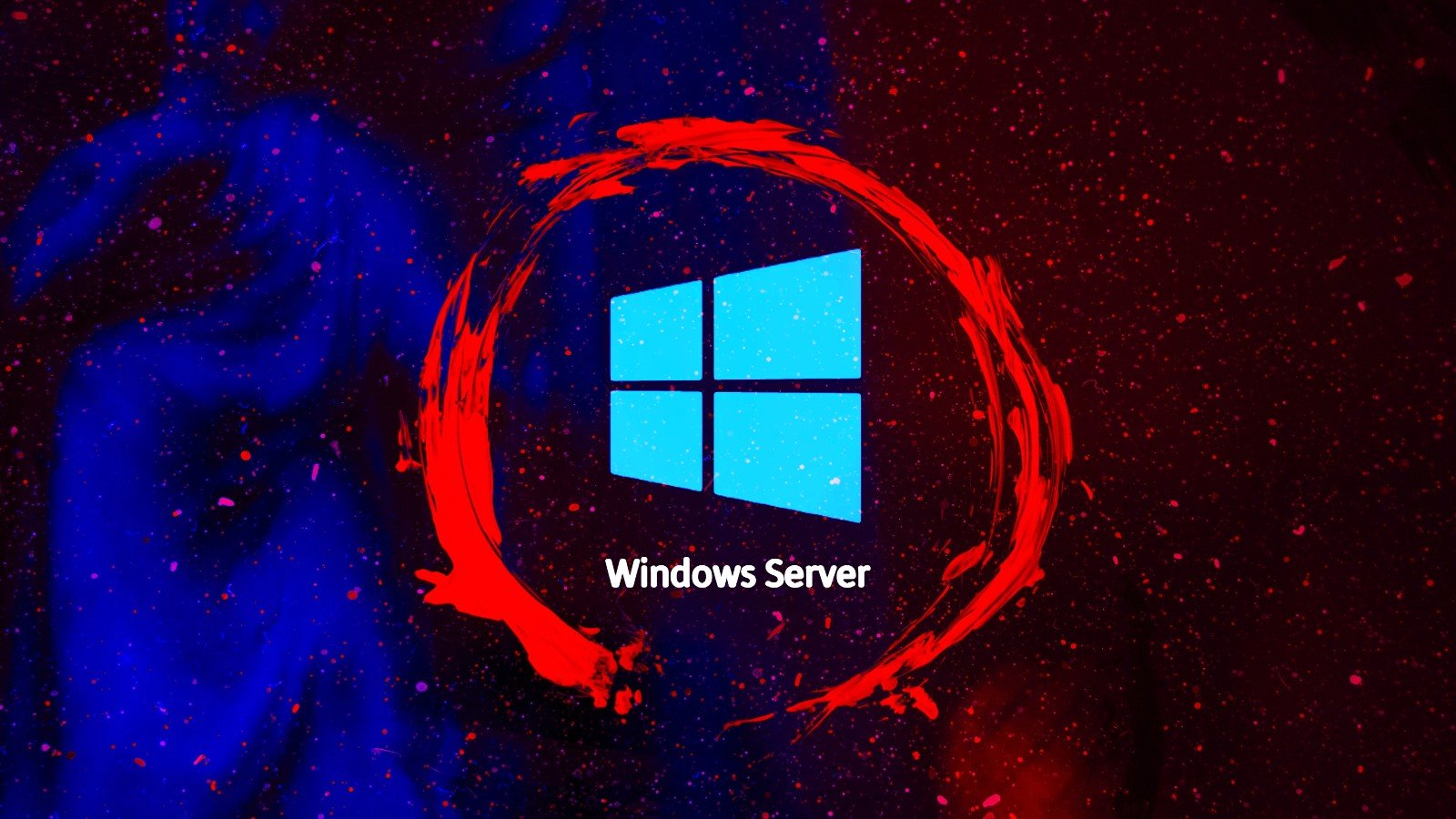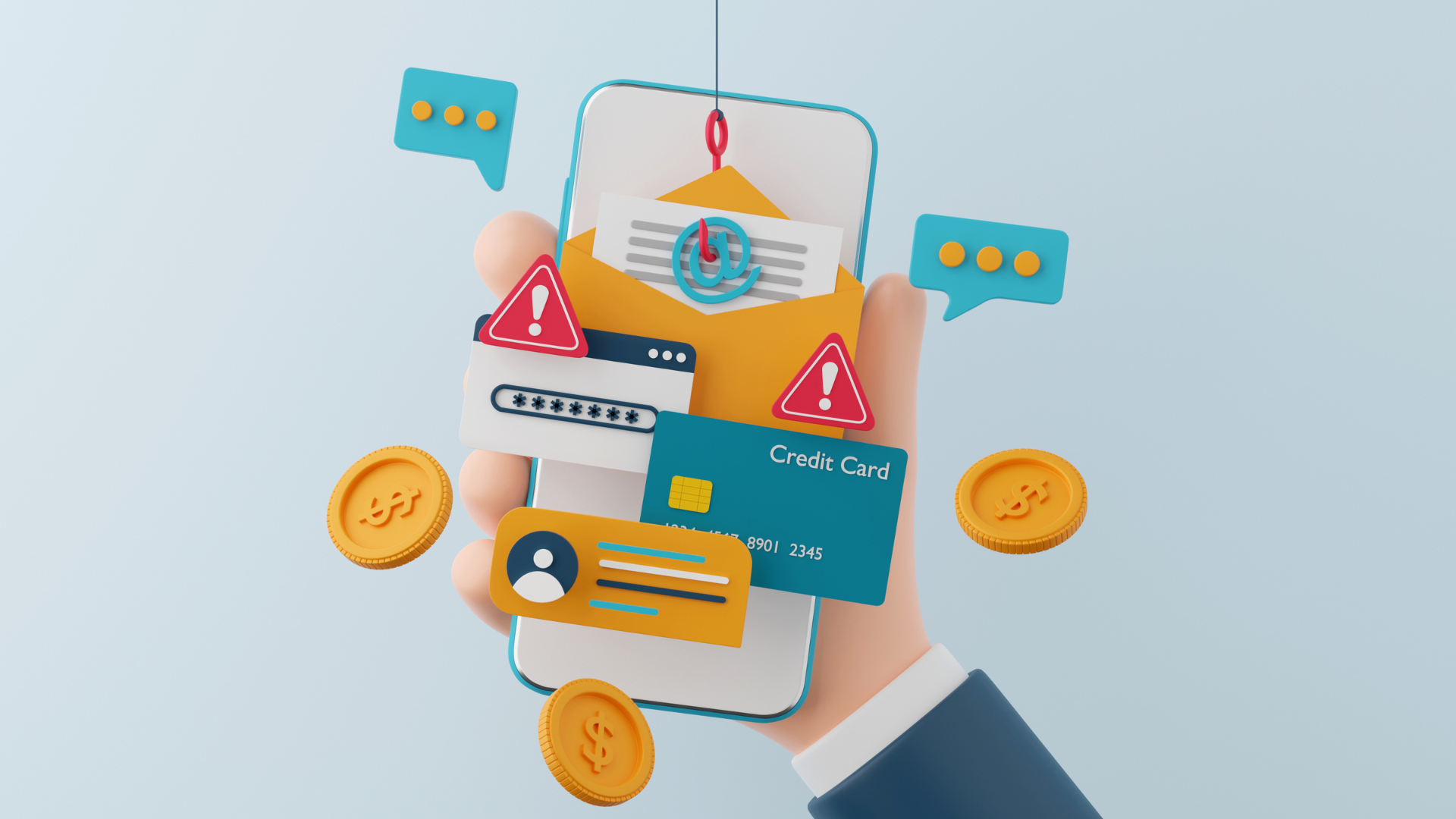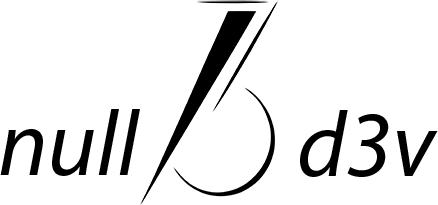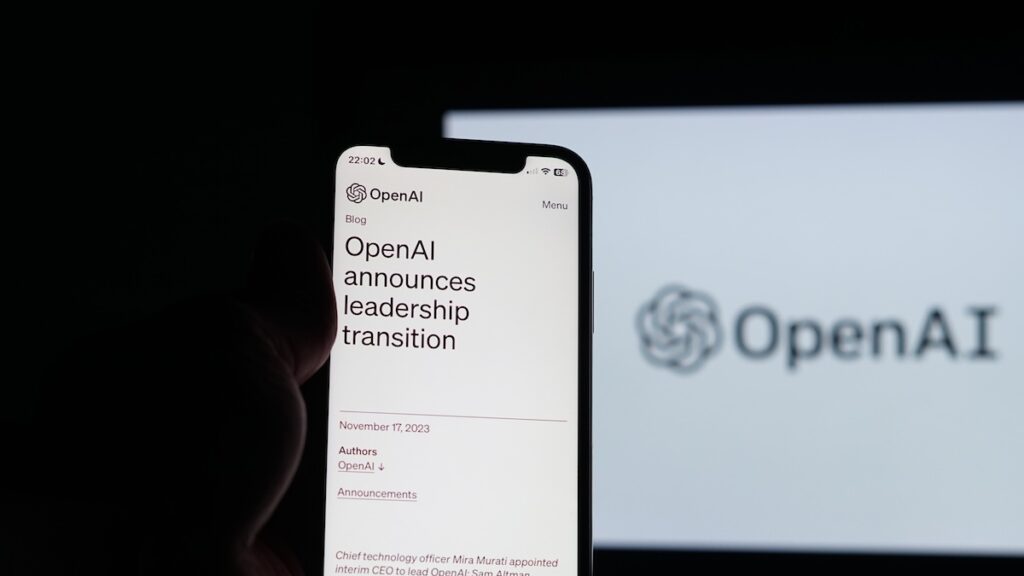How successful were Klaviyo, Arm, and Instacart in their initial public market debut?
Let's briefly review the results from Arm, Klaviyo, and Instacart, and discuss their performance considering the costs related to IPO. © 2023 TechCrunch. All rights reserved. For personal use only.
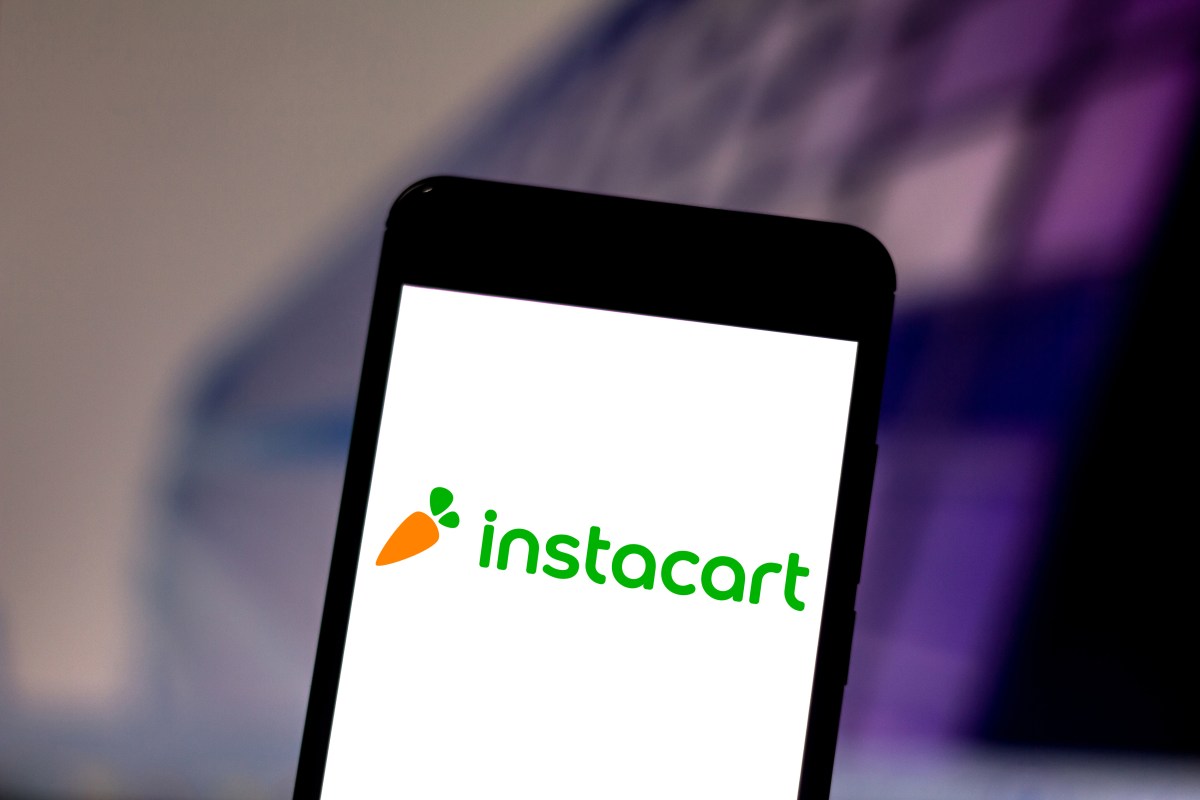
Any CEO will tell you on IPO day that it's not the culmination but just another milestone in the company's journey. It's a significant one, indeed, but they'll often frame it as a single step in an ongoing marathon, not the finish line.
This perspective is not without its merits, but it's also part of the narrative dance between CEOs and the media, investors, and analysts. It's an acknowledgment of the achievement without resting on laurels, because what comes next—navigating the world as a public entity, facing quarterly scrutiny, and explaining shifts and pivots to a broader audience—can be just as challenging, if not more so.
With that context in mind, let's delve into the first public financial disclosures of three tech firms that recently debuted on the market: Arm in chip design, Klaviyo in business software, and Instacart in the grocery delivery and advertising space. Their post-IPO performances offer a glimpse into their current standing and, by extension, the potential ripple effects on the tech industry's IPO pipeline.
Arm's second-quarter earnings, closing September 30, showcased a commendable 28% year-over-year revenue increase to $806 million. However, despite impressive gross margins over 90%, the company couldn't offset its substantial operating expenses of $916 million, resulting in a $156 million operating loss and a $110 million net loss—marking a downturn from profitability the previous year.
The financials of newly public companies can often be skewed by IPO-related expenses, painting a picture of massive unprofitability at first glance. So, it's crucial to dissect these numbers with a keen eye, understanding the immediate costs of going public and what they mean for the company's future fiscal health. How these companies navigate this post-IPO phase could very well influence the decisions of other private tech companies considering a public debut.





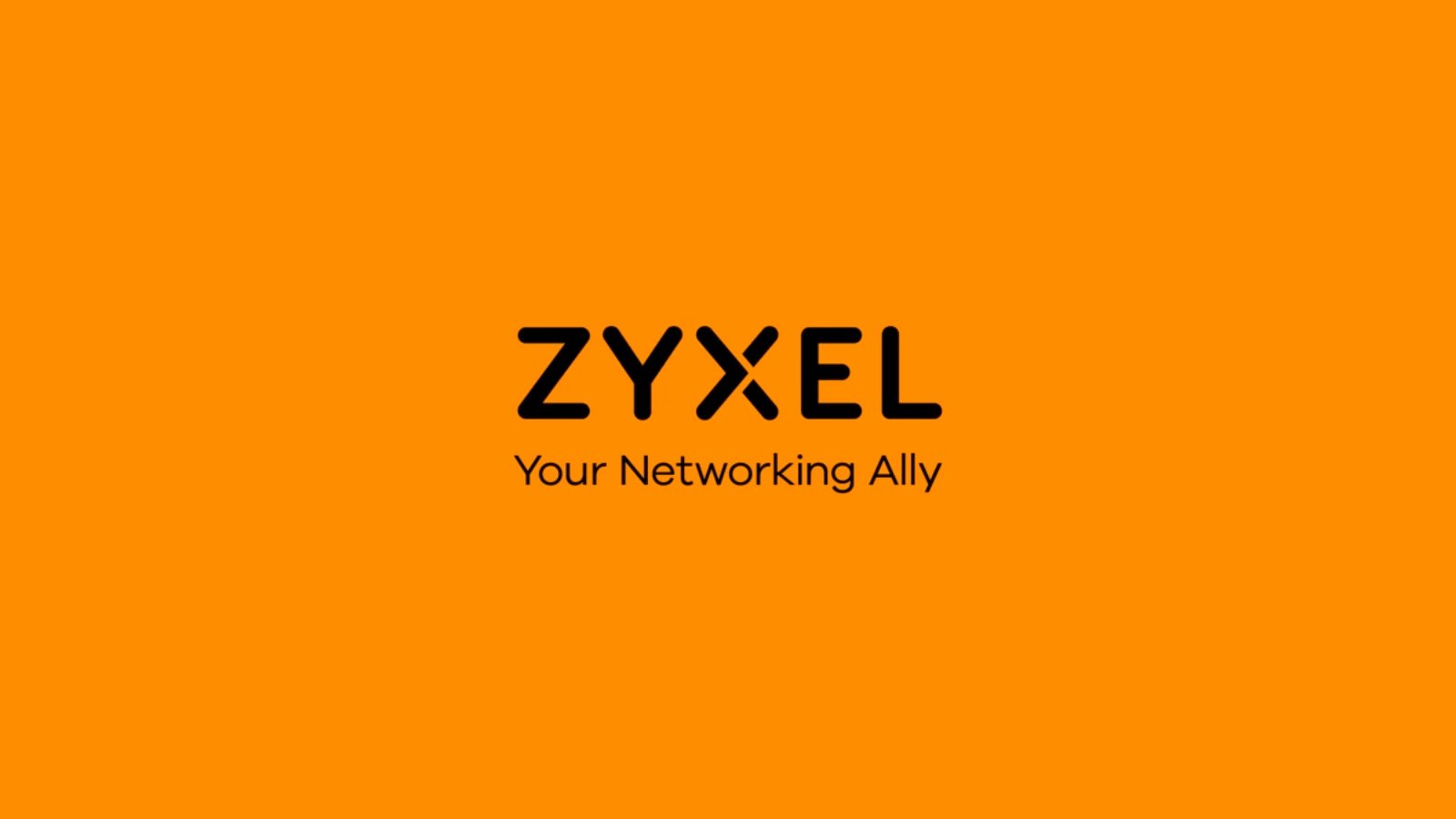
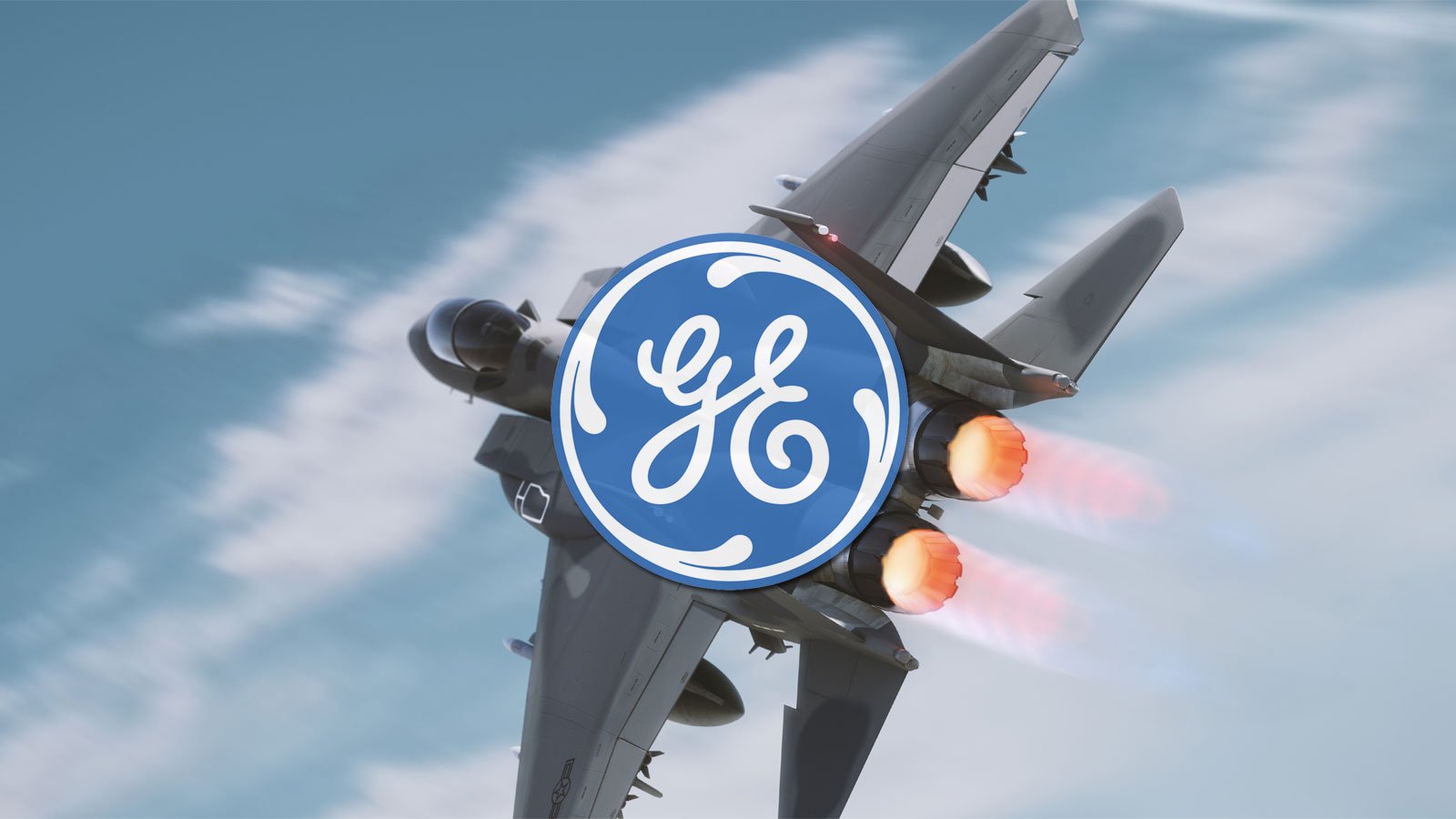



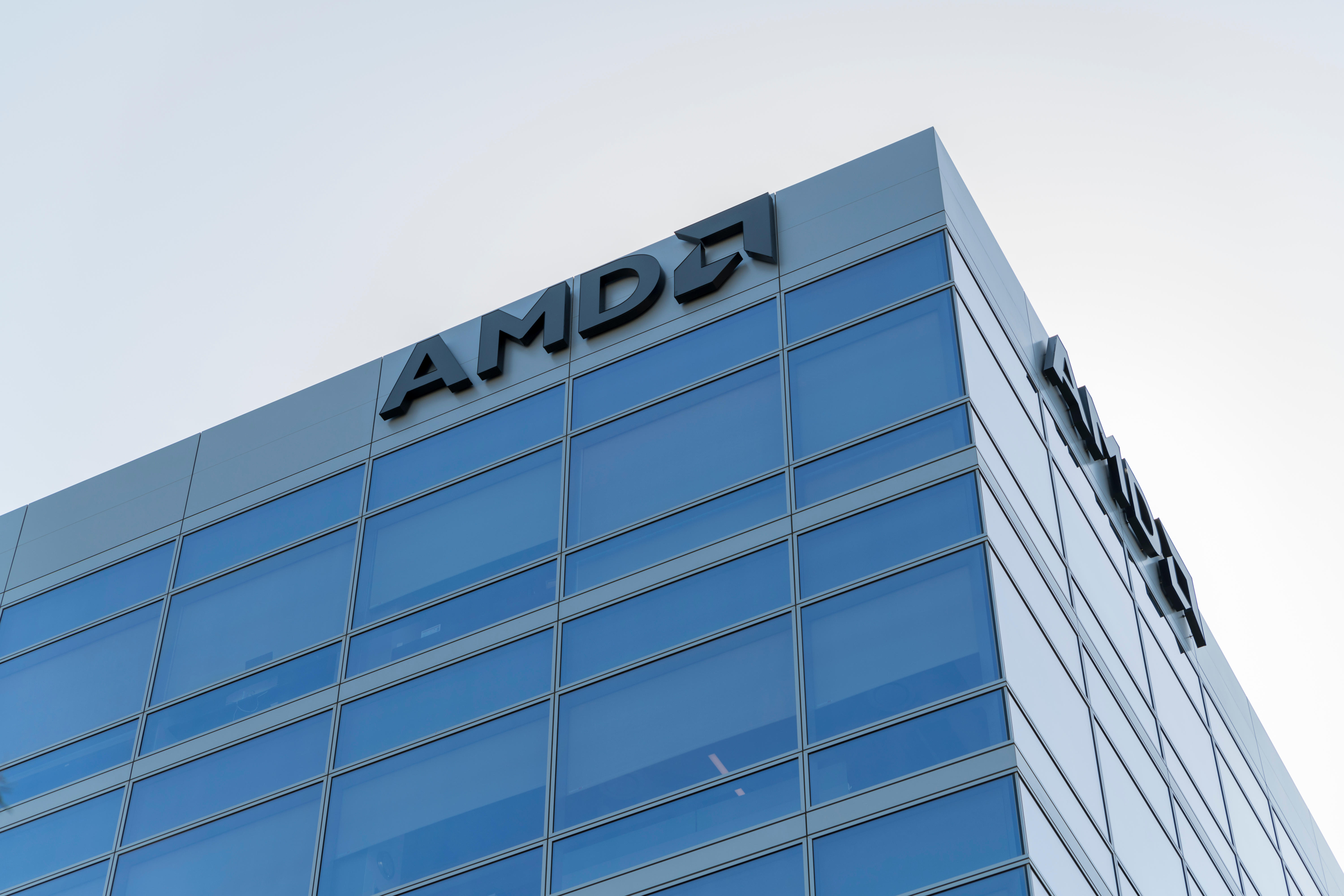










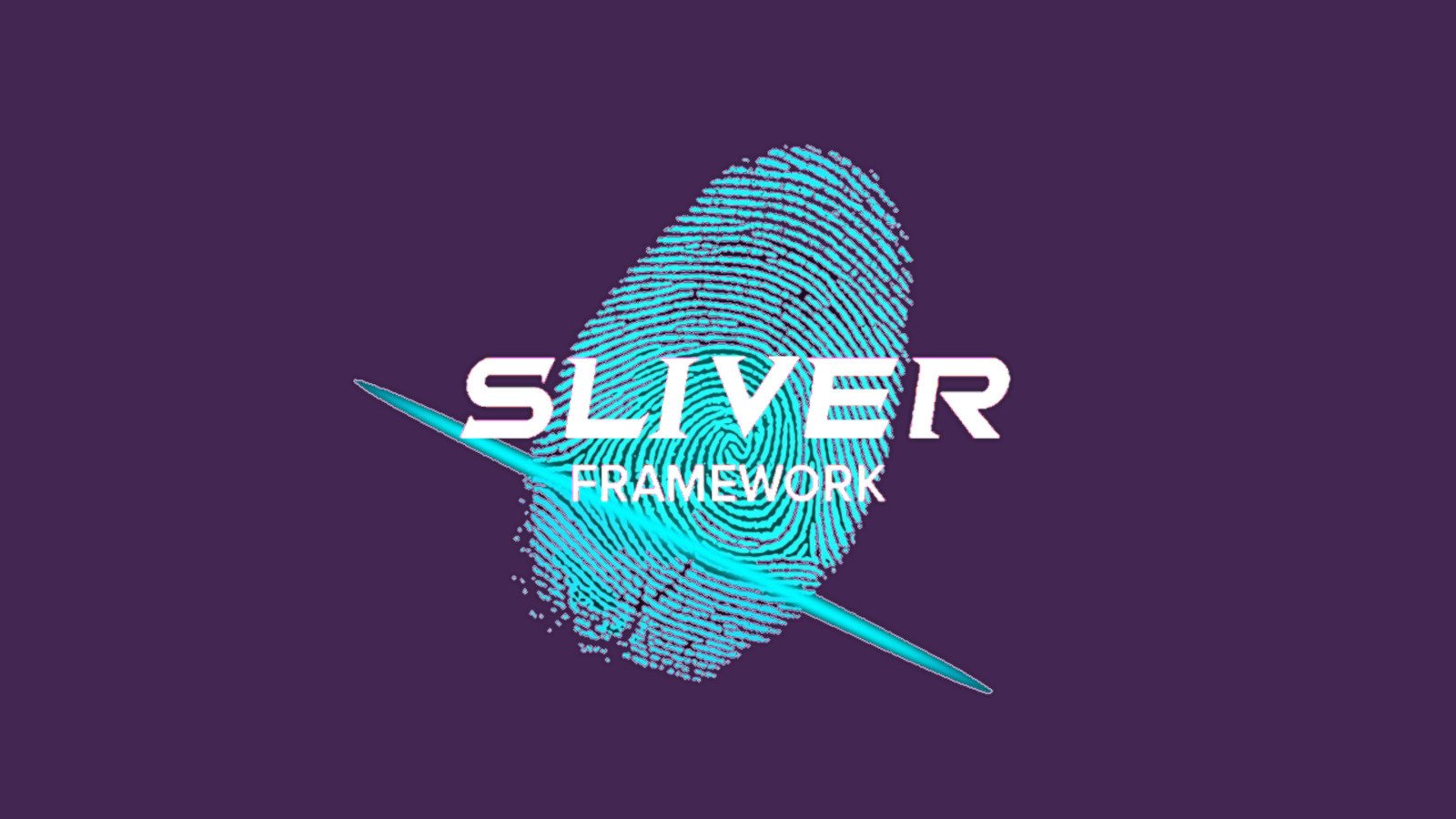
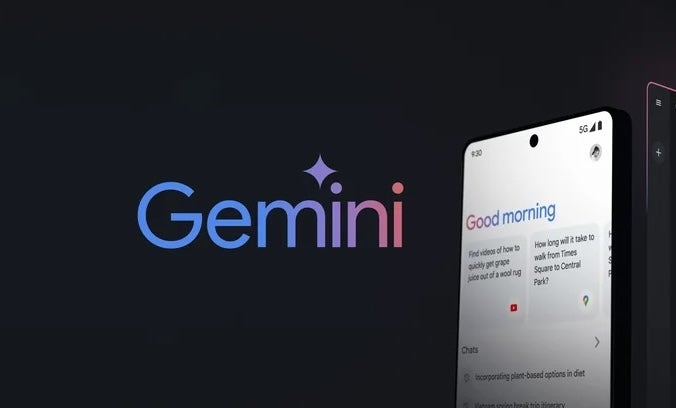

![Largest Data Breaches in US History [Updated for 2023]](https://nulld3v.com/uploads/images/202311/image_430x256_654e69df8d469.jpg)



